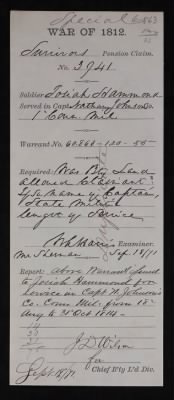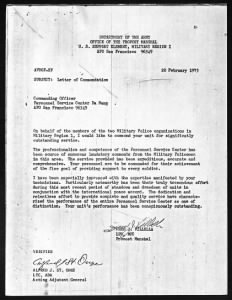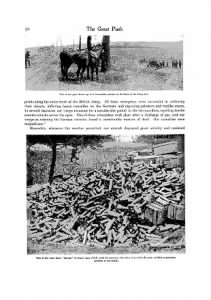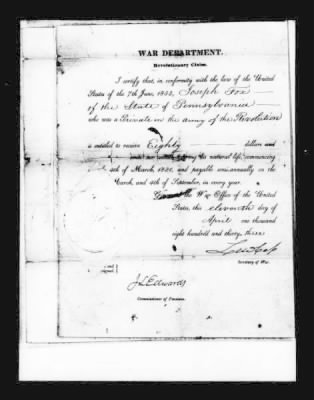
The Philippine-American War began February 4, 1899, when shots were exchanged between a small number of American and Filipino forces in a Manila suburb. The war would last three years and end with the Philippines under American control for decades.
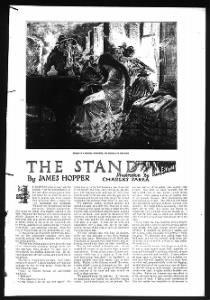
The Philippine-American War (sometimes called the Philippine Insurrection) was both a continuation of the Philippine Revolution against Spanish colonial rule and a consequence of the Spanish-American War. During the Spanish-American War (April–August 1898, in which the United States fought Spain over Cuba), the Spanish territories of Guam, Puerto Rico, and the Philippines fell into American hands. Filipino fighters under Emilio Aguinaldo helped the Americans defeat the Spanish in the Philippines, as the Filipinos had been working to free themselves from Spanish rule since at least 1872 and saw this as their chance for independence.
However, as part of negotiations between the United States and Spain following the end of the Spanish-American War, the U.S. bought the Philippines from Spain for $20 million in November 1898. The Filipinos felt betrayed, since they had believed America to be on their side. Now, instead of gaining independence, the Filipinos believed they were simply trading one colonial power for another.
With U.S. forces controlling Manila and Filipino revolutionaries controlling the rest of the country, tensions were high between the two sides. Things finally came to a head on February 4, 1899, when shots were exchanged between the two sides outside Manila. The Filipinos launched a general offensive the following day. For the majority of the first year of the war, the Filipino revolutionaries fought in the conventional style, but they eventually shifted to guerilla warfare.
Before the war was even over, the U.S. began a pacification campaign, where they used promises of self-government, economic development, and social reform to win the support Filipino elites, in addition to providing schools and public services to gain the support of the average Filipino. These measures undermined the Filipino revolutionaries, and by the summer of 1902, things had calmed down enough for the U.S. to declare the war over, though smaller Filipino uprisings would occur for years to come.
In total, there were 4,300 American deaths, 1,500 of them from battle and most of the rest from disease. The Filipino toll was much higher: 20,000 Filipino fighters were killed, and an estimated 200,000 Filipino civilians died from hunger, disease, and other effects of the war. The Philippines would remain under various levels of American control until 1946, when it finally gained independence.

